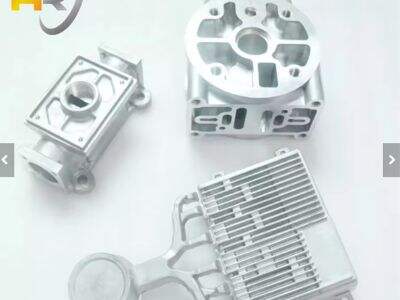El metal se considera un material muy importante en muchos campos: desde la construcción de casas, la fabricación de automóviles, e incluso se utiliza en aviones. Y hay muchas maneras en que las personas pueden formar metales para todo tipo de productos que pueden ser utilizados. El método de conformado por colada por presión es un método estándar de conformado de metales. Así que aquí, en este artículo, discutiremos qué morir fUNDICIÓN regiones es, cómo funciona, y cuándo y por qué puede ser mejor que otros métodos de conformado de metales.
¿Qué es la colada por presión?
Huarui Colada por presión Si tienes una necesidad especial para un componente de aluminio, colada a Presión puede proporcionarlo. Usamos un molde que es un tipo de contenedor con la forma exacta de la pieza que queremos crear. Una vez que se vierte, el metal derretido se enfría y se solidifica en este molde, resultando en una pieza metálica sólida. Cuando se endurece, la pieza puede ser retirada del molde. Fabricar piezas metálicas de esta manera es muy útil y tiene muchas ventajas sobre otros métodos de producción.
Ventajas de la Fundición por Inyección:
1) Alta Precisión: una buena cosa acerca de la colada en moldes es que las piezas se fabrican con alta precisión. Los moldes están diseñados meticulosamente para producir piezas de alta calidad, con pocos procesos secundarios necesarios. Es crucial para cosas como piezas automotrices, carcasas electrónicas y dispositivos médicos que necesitan encajar perfectamente.
Menor Desperdicio: Una de las mejores cualidades de Pieza de vaciado a presión es que genera una cantidad muy baja de residuos. Los trozos sobrantes de metal pueden ser reciclados y reutilizados fácilmente. La colada por presión también emite menos residuos, lo que es una mejor opción para nuestro planeta. Además, el proceso es mayoritariamente controlado por máquinas, lo cual es bueno para mantener bajos los costos y la producción rápida.
¿Por qué la Colada por Presión es Mejor?
Hay algunas razones muy buenas por las cuales la colada por presión tiende a ser una mejor opción en comparación con otros métodos de conformado de metales.
Piezas Consistentes: Las piezas fabricadas mediante la colada por presión suelen ser más sólidas y duraderas que en otros procesos. La razón es que el metal fundido se inyecta en el molde con alta presión. La presión permite la creación de un material grueso y resistente.
Velocidad:
La colada por presión es un método rápido para fabricar piezas, lo cual es beneficioso para la producción masiva de muchas piezas. Este proceso de producción rápida hace que la colada por presión sea altamente adecuada para pedidos grandes con una gran cantidad de piezas idénticas.
Cómo Se Diferencia la Colada por Presión:
Por ejemplo, una de las cosas que hace especial a la fundición por inyección es su capacidad para proporcionar piezas complejas con alta precisión. La fundición por inyección puede producir piezas complejas y detalladas. El mecanizado, el estampado y otros procesos pueden producir piezas más simples, pero estos métodos pueden requerir pasos adicionales para terminar la superficie y mejorar las tolerancias.
Comparación con Métodos Antiguos:
La fundición por inyección es un método más moderno para dar forma a los metales en comparación con técnicas antiguas como la fundición en arena y la fundición a presión. Las técnicas clásicas también pueden proporcionar buenos elementos, pero generalmente requieren acabados y pulidos adicionales. Este trabajo adicional también puede contribuir al costo de fabricación de las piezas y a cronogramas prolongados. Por otro lado, la fundición por inyección es un proceso rápido y eficiente que crea piezas lo suficientemente precisas como para reducir el costo y el tiempo de acabado.
Pros y contras:
Al igual que cualquier proceso, la fundición por inyección tiene sus ventajas y desventajas:
Ventajas: El colado por inyección generalmente produce una pieza precisa con poco, o ningún, desperdicio y no es un proceso costoso. Las piezas de colado por inyección son fuertes y duraderas, y a menudo se prefieren en muchas industrias debido a sus numerosas aplicaciones.
Desventajas: Las desventajas del colado por inyección son: (Por ejemplo, el costo inicial para crear los moldes tiene algunos costos prohibitivos, lo que los hace menos ideales para pequeñas producciones.) Además, no todos los tipos de metales pueden ser fundidos por inyección, y ciertos materiales pueden requerir procesos diferentes para su formación.

 EN
EN






































